Last Updated on August 1, 2024
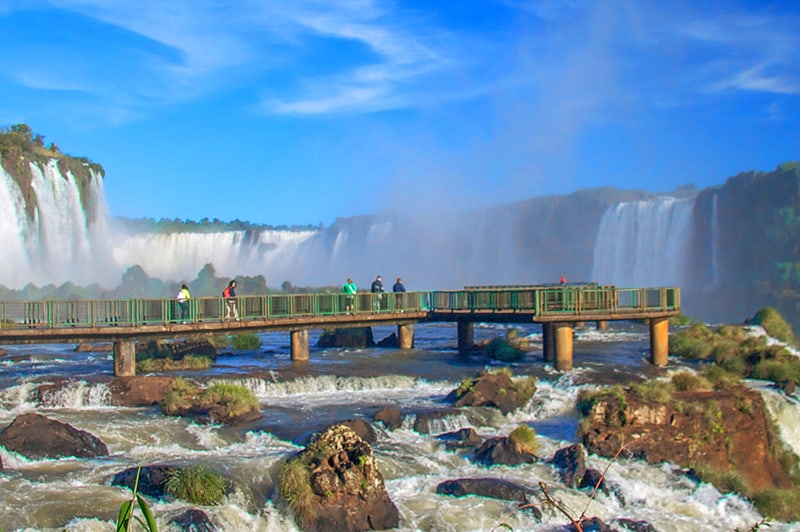
Estimated reading time: 5 minutes
By Bill Warelis
I saw Iguassu Falls because of a moved meeting.
I had been planning on meeting my wife after a conference in Salvador, Bahia, Brazil when I learned it was being moved to Foz do Iguaçu, Brazil. I knew something of Salvador, and was looking forward to the trip, but nothing of Foz do Iguaçu. I felt let down.
Gateway to Iguassu Falls
I found that the city of Foz do Iguaçu is located in the western part of Brazil on the borders of Argentina and Paraguay. It is Brazil’s gateway to one of the New 7 Wonders of Nature, Iguassu Falls. It’s also the gateway to Itapúa Dam, a hydroelectric plant on the nearby Paraná River that the American Society of Civil Engineers named as one of the Seven Modern Wonders of the World in 1994.
I had never heard of either, but now that I’ve seen them I can’t stop thinking about them.
I heard a story that Eleanor Roosevelt once visited Iguassu Falls and when she first set eyes on it she is said to have exclaimed “Poor Niagara.” Although I grew up near Niagara Falls, visited it hundreds of times over the years and have always been awed by it, I can’t help but now agree with Mrs. Roosevelt.
See the Falls From Both Sides of the Border
Located on the Iguassu River, Iguassu Falls isn’t the easiest place to get to. It also isn’t the easiest place to describe. While statistics may give you a sense of the place – the highest drop is approximately 260 feet (about 90 feet more than Niagara), there are 275 drops spread over about three kilometers, etc. – they can’t convey the experience of standing over “The Devil’s Throat.” You have to experience it to fully comprehend the beauty and awesomeness power of the place.
To get the full falls experience you really need to view them from both the Argentina and Brazil sides. Although our hotel was located in Foz do Iguaçu, we decided to first visit the Argentina side and hired a driver who helped us navigate the border crossing (done in minutes while we waited in the car) and deliver us to the entrance of the national park.
Close-up Views from Above and Below
The trip, recommended by our hotel, took about an hour. We then spent the day traveling by foot and tourist train over a variety of pathways that allowed us to get up-close views from above and below the falls.
The next day we took a different path to the falls, by having our driver take us to the Itapúa Dam first. Our tour there started with a 30-minute film that covered the almost 50-year history of the project from inception to the present day. From there we all boarded a bus that took us to Itapúa Dam and into the “shared zone” created by Paraguay and Brazil on their borders.
The dam is the world’s largest operating hydroelectric facility in terms of annual energy generation and to see it from below is to be amazed by the size of its 20 turbines. But it’s while driving across the top of it you get an understanding of it’s scope and the effort it must have taken to redirect the river and create the 330-foot deep lake above the dam.
In fact, it was because of the huge size of the dam and lake that Argentina signed a treaty with Brazil and Paraguay in 1979. At that time the dictators in Buenos Aires feared that if there ever was a conflict Brazil could open the gates and flood their country.
After the dam experience we set off to see the falls from the Brazilian side. From the viewing points in Iguassu National Park you are treated to the full vista of 80 percent of the 275 large and small drops as they flow from the upper into the lower Iguassu River. You also get a true sense of the rainforest around you with its colorful birds and butterflies and small animals that cross your path as you walk.
We ended our day by walking across the road from the entrance of the park to the 12-acre Bird Park, that features birds, butterflies and snakes in forest aviaries. While I enjoyed all of the exotic life within, a personal highlight was getting up close to several symbols of my favorite childhood cereal, the toucan, as well as to watch hummingbirds feeding.
Yes, getting to Iguassu Falls will entail an extra flight or bus ride, as well as extra fees for drivers and the national parks. But, if you go to South America it’s worth the extra time and money.
Believe me, you won’t regret it – or forget a minute of it.
If you Go:
Visit Brazil https://www.visitbrasil.com/

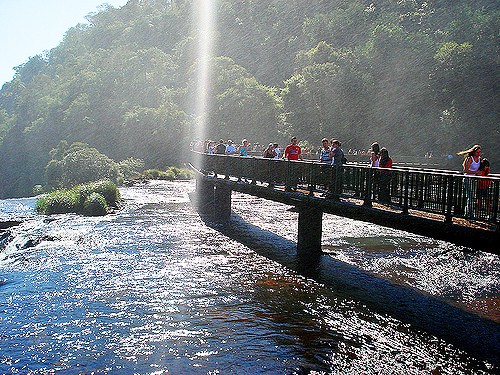
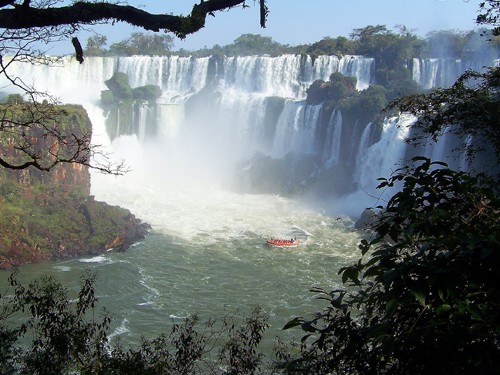
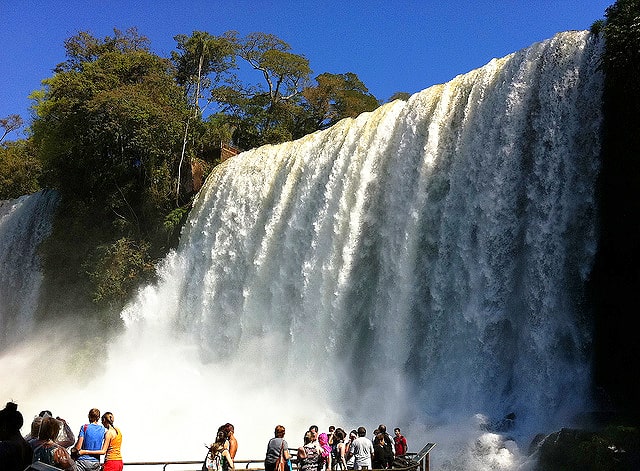
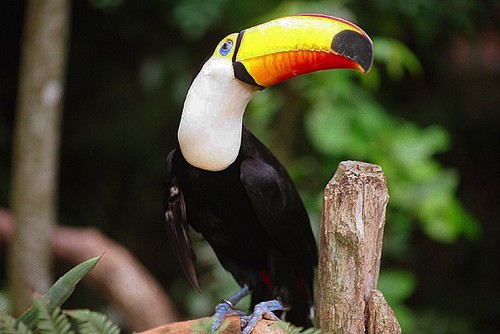
Leave a Reply